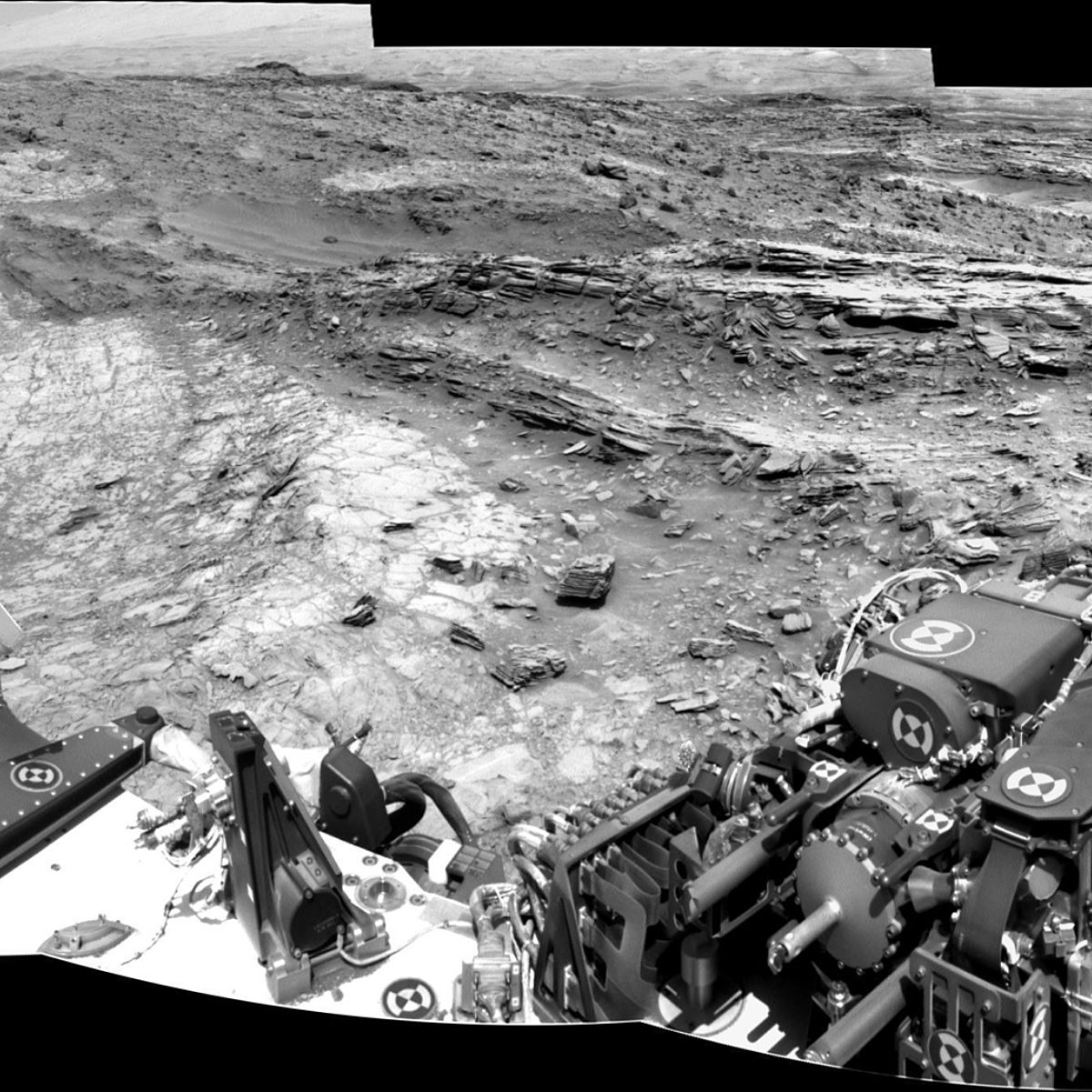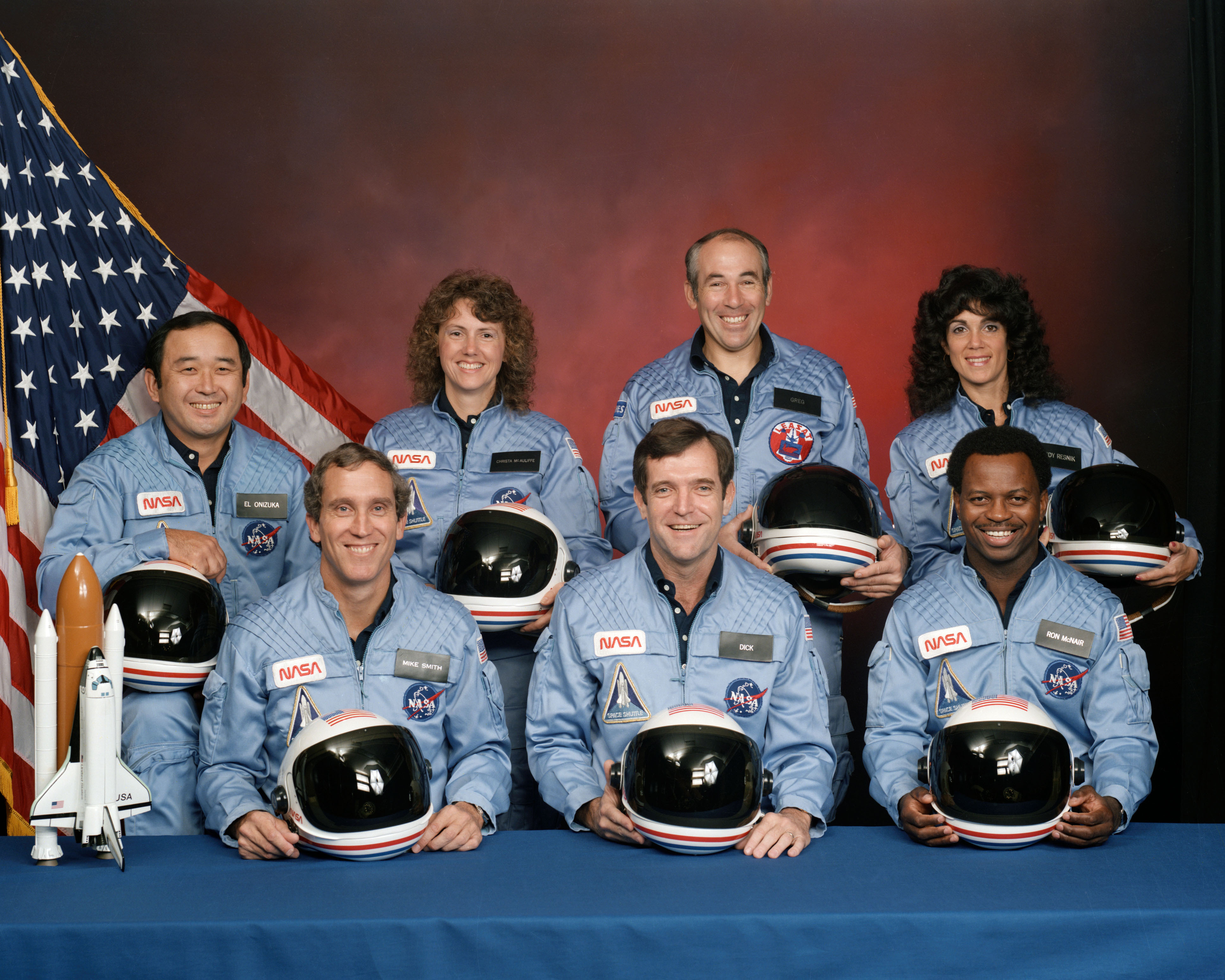Challenger Crew Bodies Condition: The Untold Story Behind The Tragic Event
On January 28, 1986, the world watched in horror as the Challenger space shuttle disintegrated just 73 seconds after liftoff. The tragedy shocked millions, but what happened to the crew members remains a topic of deep interest and concern. Understanding the Challenger crew bodies condition has been a focus of investigation and scientific analysis for decades. Today, we dive into the details surrounding this heartbreaking event, exploring what really happened to the astronauts and the conditions their bodies endured.
When you think about space exploration, it’s easy to get caught up in the excitement of new discoveries and technological advancements. But behind every mission lies risk, and the Challenger disaster serves as a stark reminder of just how dangerous space travel can be. The condition of the Challenger crew’s bodies became a focal point for investigators trying to piece together the events leading up to the tragedy.
This story isn’t just about the science or the technology; it’s about the people who dedicated their lives to exploring the unknown. Let’s take a closer look at the Challenger crew, their final moments, and the condition of their bodies after the disaster. It’s a tale of bravery, sacrifice, and the relentless pursuit of knowledge.
Table of Contents
- Biography of the Challenger Crew
- The Challenger Disaster: What Happened?
- Investigation into the Challenger Explosion
- Challenger Crew Bodies Condition
- Survival Chances and Final Moments
- Recovery Efforts and Identification
- Memorializing the Challenger Crew
- Lessons Learned from the Challenger Disaster
- Impact on Space Exploration
- The Future of Space Travel Safety
Biography of the Challenger Crew
Who Were the Challenger Astronauts?
The Challenger crew was a diverse group of individuals, each bringing unique skills and experiences to the mission. They were not just astronauts; they were teachers, engineers, and visionaries. Below is a brief overview of the crew members:
Name: Francis R. Scobee
Role: Commander
Background: A decorated pilot with extensive experience in the U.S. Air Force.
Name: Michael J. Smith
Role: Pilot
Background: A naval aviator who played a crucial role in the development of the space shuttle program.
Name: Judith A. Resnik
Role: Mission Specialist
Background: An electrical engineer and the second American woman in space.
Name: Ellison S. Onizuka
Role: Mission Specialist
Background: A former fighter pilot and the first Asian American in space.
Name: Ronald E. McNair
Role: Mission Specialist
Background: A physicist and laser specialist known for his work on experimental optics.
Name: Gregory B. Jarvis
Role: Payload Specialist
Background: An engineer working for Hughes Aircraft Company, specializing in satellite communication.
Name: Christa McAuliffe
Role: Payload Specialist (Teacher in Space)
Background: A high school teacher selected to be the first civilian in space.
| Name | Role | Date of Birth | Age at Time of Mission |
|---|---|---|---|
| Francis R. Scobee | Commander | 1939 | 46 |
| Michael J. Smith | Pilot | 1945 | 41 |
| Judith A. Resnik | Mission Specialist | 1949 | 36 |
| Ellison S. Onizuka | Mission Specialist | 1946 | 39 |
| Ronald E. McNair | Mission Specialist | 1950 | 35 |
| Gregory B. Jarvis | Payload Specialist | 1944 | 41 |
| Christa McAuliffe | Payload Specialist | 1948 | 37 |
The Challenger Disaster: What Happened?
It all started on that chilly morning in Florida. The weather conditions were far from ideal, with temperatures dropping below freezing. Engineers had warned about the potential risks associated with launching in such cold conditions, but the decision was made to proceed anyway. Little did anyone know, this would be one of the deadliest mistakes in space exploration history.
As the Challenger lifted off, the O-ring seal on one of the solid rocket boosters failed due to the freezing temperatures. This failure caused a catastrophic chain reaction, leading to the disintegration of the spacecraft. The crew cabin, detached from the rest of the shuttle, continued to ascend for several seconds before falling back to Earth.
Why Did the Challenger Explode?
The explosion wasn’t exactly an explosion in the traditional sense. What happened was a rapid depressurization caused by the failed O-ring seal. This allowed hot gases to escape, weakening the structure of the shuttle and causing it to break apart. The entire sequence of events unfolded in a matter of seconds, leaving no time for the crew to react.
Experts later determined that the design flaw in the O-ring seal was the primary cause of the disaster. This revelation sparked widespread criticism of NASA’s decision-making process and led to significant changes in the way future missions were planned and executed.
Investigation into the Challenger Explosion
Following the tragedy, a thorough investigation was launched to determine the cause of the disaster. The Rogers Commission, led by former Secretary of State William Rogers, conducted extensive interviews, analyzed data, and reviewed evidence to piece together what went wrong.
One of the most shocking findings was the revelation that engineers had raised concerns about the O-ring seal’s performance in cold weather conditions. Despite these warnings, NASA officials chose to proceed with the launch, citing scheduling pressures and public relations considerations.
Key Findings of the Investigation
- The O-ring seal failure was the direct cause of the disaster.
- Engineers had warned about the risks but were overruled by management.
- NASA’s decision-making process was flawed and needed reform.
- The crew likely survived the initial breakup but perished upon impact with the ocean.
Challenger Crew Bodies Condition
One of the most heartbreaking aspects of the Challenger disaster is the condition of the crew’s bodies after the tragedy. While the exact details remain classified, investigations revealed that the crew cabin remained intact for a short period after the breakup. This means the astronauts likely survived the initial explosion and experienced several seconds of free fall before the cabin impacted the ocean at high speed.
Autopsies conducted on the recovered remains indicated that the crew may have been conscious during the descent. The cabin’s design included pressure suits and safety harnesses, which could have provided some protection during the breakup. However, the force of the impact with the ocean was too great to survive.
What Happened to the Crew?
After the breakup, the crew cabin continued to ascend for a brief period before beginning its descent. The cabin’s structure remained intact, providing some level of protection to the astronauts. However, the extreme forces experienced during the fall, combined with the violent impact with the ocean, ultimately proved fatal.
Recovery efforts focused on locating and identifying the remains of the crew. This process was both challenging and emotionally taxing, as investigators worked tirelessly to piece together the final moments of the Challenger mission.
Survival Chances and Final Moments
Given the circumstances, the survival chances for the Challenger crew were slim to none. The rapid depressurization and extreme forces involved in the breakup made it nearly impossible for anyone to survive. However, the fact that the crew cabin remained intact raises questions about what the astronauts experienced during those final moments.
Experts believe the crew may have been conscious during the descent, as evidence suggests the cabin’s pressure system was functioning properly. This means the astronauts could have been aware of their situation and prepared for the inevitable impact. While this knowledge is difficult to accept, it highlights the bravery and professionalism of the Challenger crew.
Recovery Efforts and Identification
The recovery process began almost immediately after the disaster. Divers and recovery teams worked around the clock to locate and retrieve the remains of the Challenger crew. This effort was complicated by the vast area of debris scattered across the Atlantic Ocean.
Once the remains were recovered, forensic experts worked to identify each crew member. This process involved analyzing personal effects, DNA samples, and other identifying features. The goal was to ensure that each family received the remains of their loved ones and could begin the healing process.
Memorializing the Challenger Crew
In the years following the disaster, numerous memorials were erected to honor the Challenger crew. These memorials serve as a reminder of the sacrifices made in the pursuit of knowledge and exploration. One of the most prominent memorials is located at the Kennedy Space Center Visitor Complex in Florida.
Additionally, the Challenger Center for Space Science Education was established to continue the educational mission of Christa McAuliffe. This organization works to inspire future generations of scientists, engineers, and educators through hands-on learning experiences and outreach programs.
Lessons Learned from the Challenger Disaster
The Challenger disaster taught the world valuable lessons about the importance of safety, transparency, and accountability in space exploration. NASA implemented sweeping changes to its decision-making process, emphasizing the need for open communication between engineers and management.
One of the most significant changes was the introduction of the Space Shuttle Main Engine Redundancy Upgrade, which improved the reliability of the shuttle’s engines. Additionally, NASA established new protocols for evaluating risk and ensuring that all concerns were addressed before proceeding with a mission.
Impact on Space Exploration
The Challenger disaster had a profound impact on the field of space exploration. It forced NASA and other space agencies to reevaluate their priorities and focus on safety above all else. The tragedy also highlighted the importance of public outreach and education, ensuring that the sacrifices made by the Challenger crew were not forgotten.
Today, space exploration continues to push the boundaries of human knowledge and capability. The lessons learned from the Challenger disaster serve as a reminder of the risks involved and the need for vigilance and caution in all aspects of space travel.
The Future of Space Travel Safety
Looking ahead, the future of space travel safety is brighter than ever. Advances in technology and engineering have made space missions safer and more reliable. NASA and private companies like SpaceX are leading the charge in developing new spacecraft and systems designed to protect astronauts during every phase of a mission.
As we continue to explore the cosmos, it’s important to remember the sacrifices made by the Challenger crew and others who have lost their lives in the pursuit of knowledge. Their legacy lives on in the countless discoveries and advancements made possible by their bravery and dedication.
Conclusion
The Challenger disaster was a tragic event that left an indelible mark on the history of space exploration. Understanding the Challenger crew bodies condition and the circumstances surrounding their final moments is essential to honoring their memory and learning from their sacrifice.
As we reflect on this somber chapter in human history, let us not forget the importance of safety, transparency, and accountability in all aspects of space travel. By continuing to push the boundaries of knowledge and exploration, we honor the legacy of the Challenger crew and ensure that their contributions to science and education are never forgotten.
:quality(70)/cloudfront-us-east-1.images.arcpublishing.com/cmg/GXOJQ33AIVCSLFFOTQCOLUBYLA.jpg)


Detail Author:
- Name : Talon Bayer
- Email : jay.williamson@harber.com
- Birthdate : 1984-06-21
- Address : 88467 Fannie Turnpike West Adriennebury, CT 78939-1832
- Phone : 224-805-3366
- Company : Blick Group
- Job : Kindergarten Teacher
- Bio : Nihil placeat temporibus quae quas quo ex in facilis. Nostrum labore modi perspiciatis magni est. Inventore est quidem et quia consectetur rerum numquam.